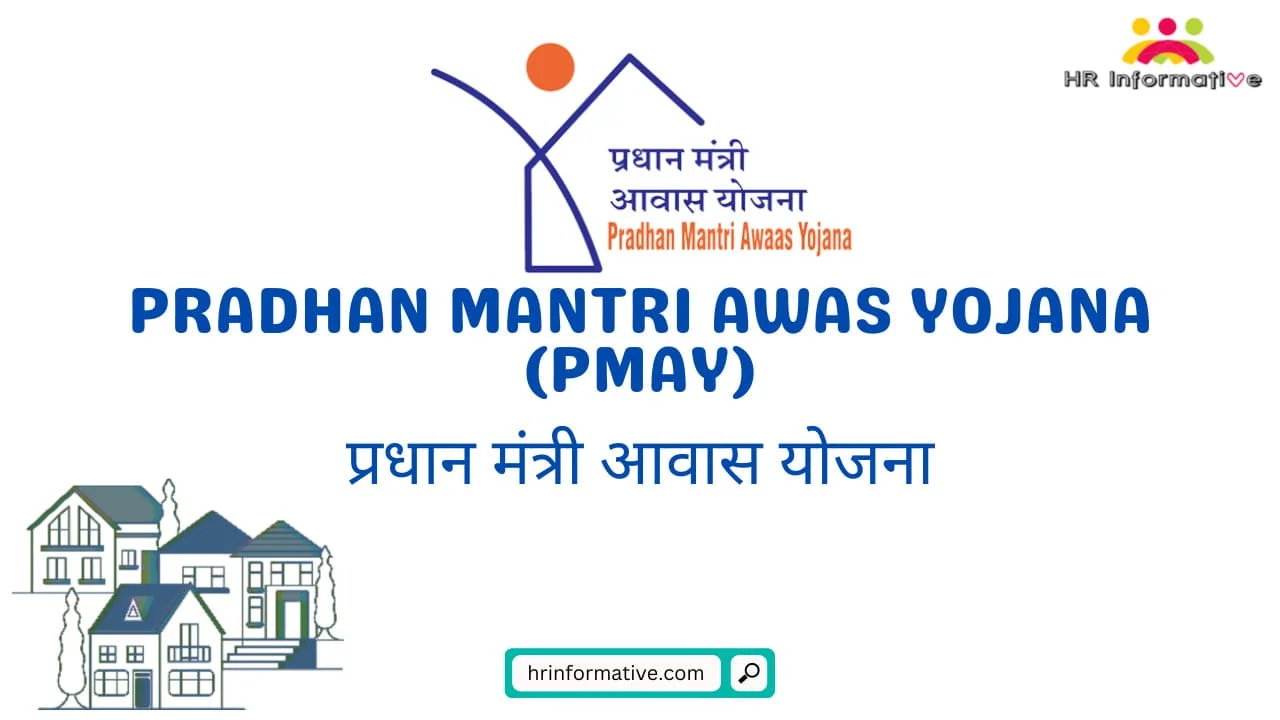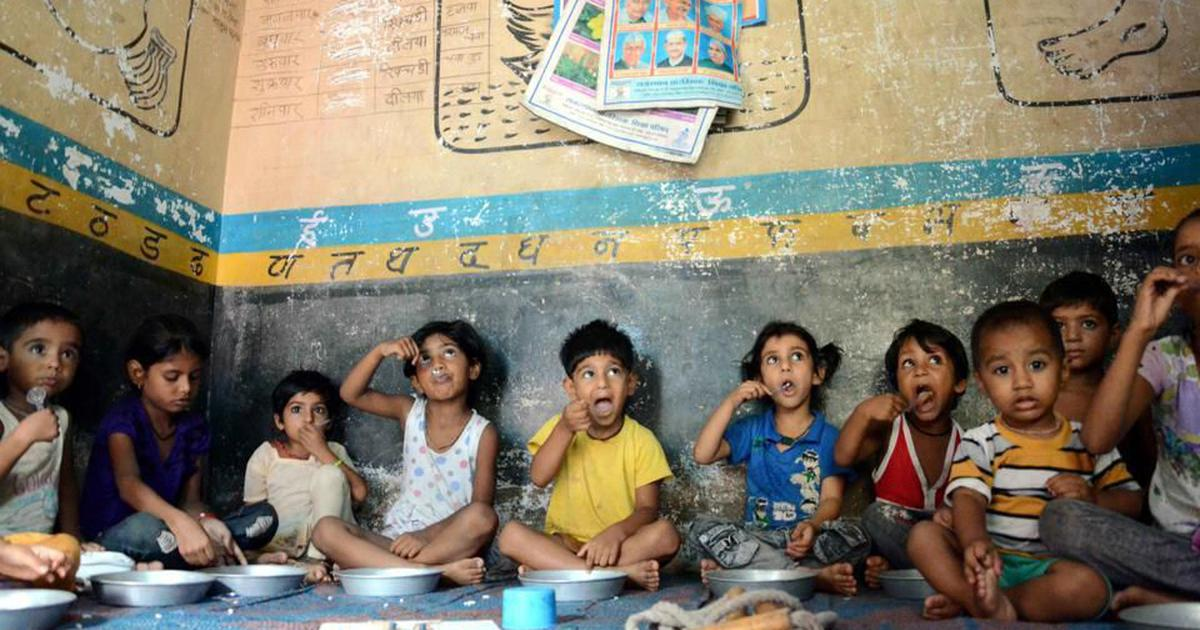Description

Copyright infringement is not intended
Context: The Ministry of Housing & Urban Affairs presented the report on the Smart Cities Mission in the Lok Sabha.
About Smart Cities Mission
- The Government of India launched Smart Cities Mission (SCM) on 25 June 2015.
- 100 Smart Cities have been selected through 4 rounds of competition from January 2016 to June 2018.
- The purpose of the Smart Cities Mission is to drive economic growth and improve the quality of life of people by enabling local area development and harnessing technology, especially technology that leads to Smart outcomes.
- As per SCM Guidelines, Government of India provided financial support to the extent of ₹ 48,000 crore over five years i.e., on an average ₹ 100 crore per city per year.
- An equal amount on a matching basis will be contributed by the State Government/Urban Local Body (ULB).
- The implementation of SCM at the city level is done by a Special Purpose Vehicle (SPV) created for the purpose.
- At State level, Mission implementation is coordinated by the State level High Powered Steering Committee (HPSC) chaired by the Chief Secretary of the State.
- At the National level, implementation of SCM is monitored by an Apex Committee headed by the Secretary, Ministry of Housing and Urban Affairs (MoHUA).
- The core elements of the Mission
- Adequate water supply,
- Assured electricity supply,
- Sanitation, including solid waste management,
- Efficient urban mobility and public transport,
- Affordable housing, especially for the poor,
- Robust IT connectivity and digitalization,
- Good governance, especially e-Governance and citizen participation,
- Sustainable environment,
- Safety and security of citizens, particularly women, children and the elderly,
- Health and education.
Objectives of the Smart Cities Mission
- Smart Cities focus on their most pressing needs and on the greatest opportunities to improve lives.
- They tap a range of approaches; digital and information technologies, urban planning best practices, public-private partnerships, and policy change to make a difference. They always put people first.
- The objective is to promote cities that provide core infrastructure and give a decent quality of life to its citizens, a clean and sustainable environment and application of 'Smart' Solutions.
- The focus is on sustainable and inclusive development and the idea is to look at compact areas, create a replicable model which will act like a lighthouse to other aspiring cities.
- The Smart Cities Mission is meant to set examples that can be replicated both within and outside the Smart City, catalysing the creation of similar Smart Cities in various regions and parts of the country.
Significance of Smart Cities Mission
- Cities accommodate nearly 31% of India's current population and contribute 63% of GDP (Census 2011).
- Urban areas are expected to house 40% of India's population and contribute 75% of India's GDP by 2030.
- This requires comprehensive development of physical, institutional, social and economic infrastructure.
- All are important in improving the quality of life and attracting people and investment, setting in motion a virtuous cycle of growth and development. Development of Smart Cities is a step in that direction.
- The Smart Cities Mission is an innovative and new initiative by the Government of India to drive economic growth and improve the quality of life of people by enabling local development and harnessing technology as a means to create smart outcomes for citizens.
Present Status
- As on 4 March 2022, 100 Smart Cities have tendered out 6,928 projects worth ₹ 1,91,238 crore; work orders have been issued in 6,282 projects worth ₹ 1,65,503 crore; 3,576 projects worth ₹ 59,958 crore have been completed.
- So far, Government of India has released ₹ 29,213.60 crore for 100 Smart Cities, out of which ₹ 25,177.65 crore (86%) has been utilised.
https://www.pib.gov.in/PressReleasePage.aspx?PRID=1809159







.jpg)

.png)


